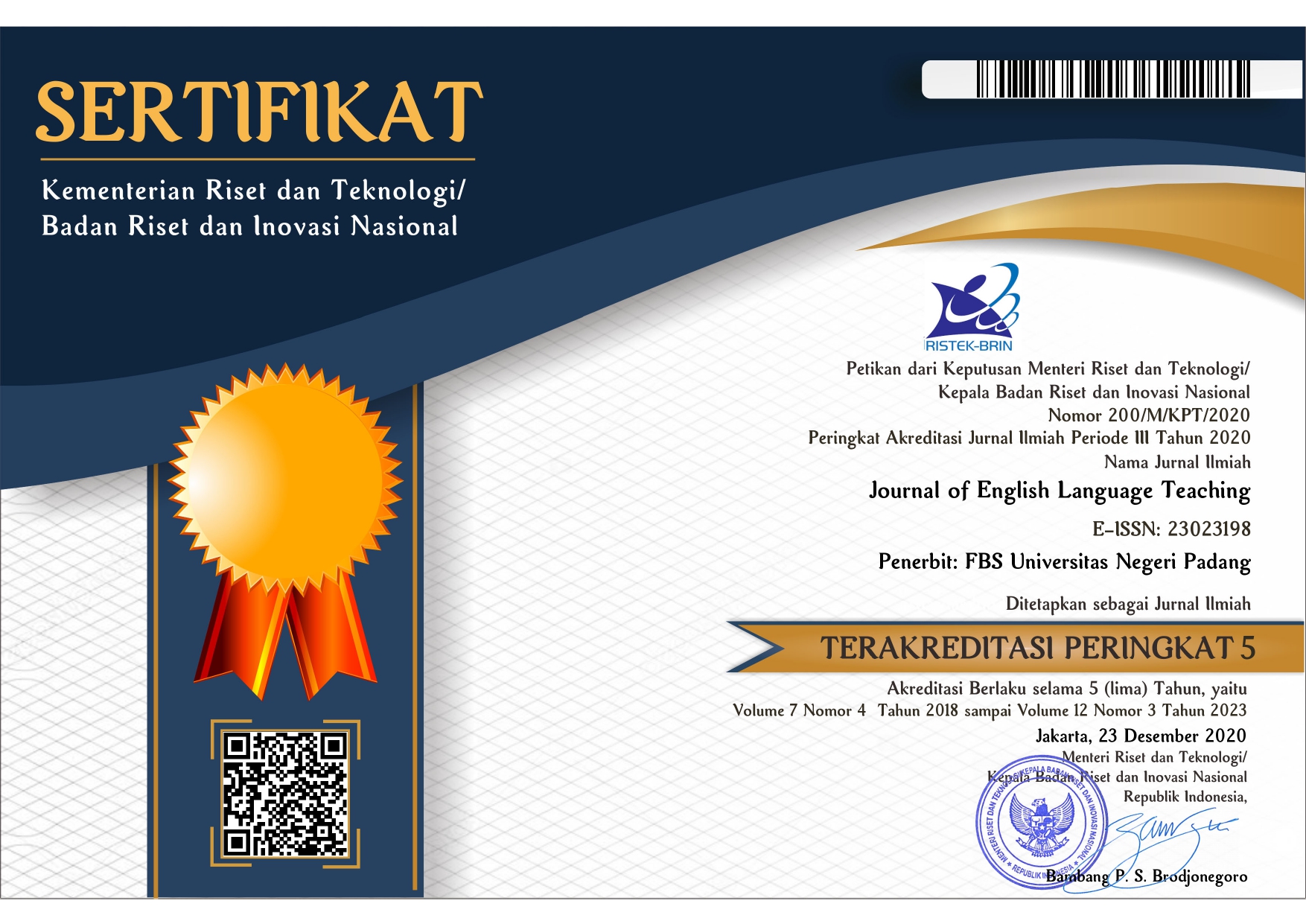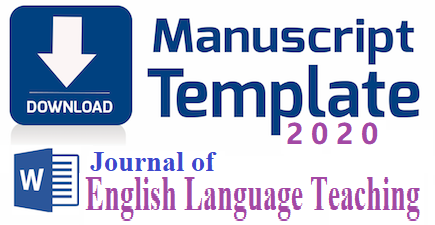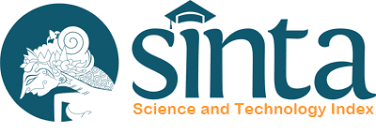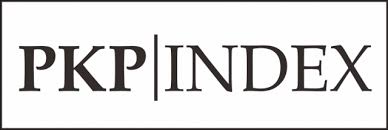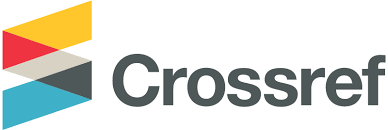An Analysis of Students’ Perception and Motivation In Learning English By Using Google Classroom During Covid-19 Pandemic In The Eleventh Graders At Sma N 1 Kec. Payakumbuh
 ), Refnaldi Refnaldi(2),
), Refnaldi Refnaldi(2), (1) Universitas Negeri Padang
(2) Universitas Negeri Padang
 Corresponding Author
Corresponding Author
Copyright (c) 2021 Engsha Refal Kh
DOI : https://doi.org/10.24036/jelt.v10i4.114911
Full Text:
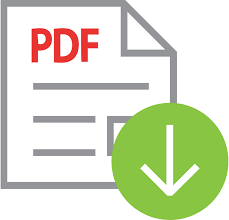 Language : english
Language : english
Abstract
Keywords
References
Ambarwati, R., Mandasari, B., & Indonesia, U. T. (2021). Students ’ Motivation Toward the Use of Google Classroom in Learning English During, 1(1), 10–18.
Armstrong. (2014). Motivation defined, 316–334. Retrieved from https://nscpolteksby.ac.id/ebook/files/Ebook/Business Administration/ - Motivation.pdf
Beal, V. (2020). google classroom. Google Classroom, (Editor of webopedia).
Collins, M. A., & Amabile, T. M. (2014). Motivation and Creativity. Motivation and Creativity. In R. J. Sternberg (Ed.), Handbook of Creativity, (Cambridge: Cambridge University Press), 75.
Diana, N., Yunita, W., & Harahap, A. (2021). Student’ Perception and Problems in Learning English Using Google Classroom During the Covid-19 Pandemic. Linguists : Journal Of Linguistics and Language Teaching, 7(1), 10. Retrieved from https://doi.org/10.29300/ling.v7i1.4274
Harmer, J. (2007). No Title. The Practice of English Language Teaching. Cambridge: Longman.
Heggart, K. R., & Yoo, J. (2018). Getting the most from google classroom: A pedagogical framework for tertiary educators. Australian Journal of Teacher Education, 43(3), 140–153. Retrieved from https://doi.org/10.14221/ajte.2018v43n3.9
Indriani, L. (2020). the Efl Students ’ Perceptions in Using Google Classroom for English Learning During Pandemic, 3, 328–335.
Kumar, J. A., & Bervell, B. (2019). Google Classroom for mobile learning in higher education: Modelling the initial perceptions of students. Education and Information Technologies, 24(2), 1793–1817. Retrieved from https://doi.org/10.1007/s10639-018-09858-z
Mukhtar, F. (2017). the Students Motivation in English Language Learning.
MULYANI, S. (2020). Students’ Perception and Motivation Toward English E-Learning During Covid-19 Pandemic (a Study At the Tenth Graders At Sma N 1 Suruh in the Academic Year of 2019/2020).
Nurbaidah, N., Pend, F., Pendidikan, I., & Selatan, T. (2021). An Analysis Of Students ’ Motivation Usinggoogle Classroomin Learning Reading Comprehension ( A Study at the First Grade Students of Institut Pendidikan Tapanuli Selatan in 2020 / 2021 Academic Year ), 9(2), 446–450.
Okmawati, M. (2020). The Use of Google Classroom during Pandemic. Journal of English Language Teaching, 9(2), 438. Retrieved from https://doi.org/10.24036/jelt.v9i2.109293
Oktaria, A. A., & Rahmayadevi, L. (2021). Students’ Perceptions of Using Google Classroom During the Covid-19 Pandemicc. International Journal of Educational Management and Innovation, 2(2), 153. Retrieved from https://doi.org/10.12928/ijemi.v2i2.3439
Prawiro, I. Y., & Ningrum, L. Y. (2021). an Investigation of Undergraduate Students ’ Perception in Using Google Classroom Application in Elt Training, 5(1), 1–13.
Qiong, O. U. (2017). A Brief Introduction to Perception. Studies in Literature and Language, 15(4), 18–28. Retrieved from https://doi.org/10.3968/10055
Rahmawati, B. F. (2020). Learning By Google Classroom in Students ’ Perception Learning By Google Classroom in Students ’ Perception. Retrieved from https://doi.org/10.1088/1742-6596/1539/1/012048
Ridho, D. M., Sawitri, I. D., & Amatulloh, N. A. (2019). Students ’ Perception Toward Google Classroom Application in Efl Classroom. Seminar Nasional Pendidikan, 1325–1332.
Robbins, S. P. (2012). Organizational Behavior. (S. Yagan,Ed.) (15th ed.). Unitate State of America: pearson.
Setiadi, M. A. (2020). Students’ Perception on the Use of Google Classroom in Language. ResearchGate, (August), 1–10.
Shaharanee, I. N. M., Jamil, J. M., & Rodzi, S. S. M. (2016). Google classroom as a tool for active learning. AIP Conference Proceedings, 1761(August). Retrieved from https://doi.org/10.1063/1.4960909
Sibuea, T. F. B. (2018). Students’ Perceptions on the Use of Google Classroom To Support Blended Learning for the Pengantar Linguistik Umum Course. Lingua : Jurnal Ilmiah, 14(2), 49–63. Retrieved from https://doi.org/10.35962/lingua.v14i2.45
Subakthiasih, P., & Putri, I. G. A. V. W. (2020). An Analysis of Students’ Motivation in Studying English During Covid-19 Pandemic. Linguistic, English Education and Art (LEEA) Journal, 4(1), 126–141. Retrieved from https://doi.org/10.31539/leea.v4i1.1728
Williams, C. (2007). Research Method. Journal of Business & Economic Research, 5(3), 66.
Wong, R. (2020). When no one can go to school: does online learning meet students’ basic learning needs? Interactive Learning Environments, 3, 1–17. Retrieved from https://doi.org/10.1080/10494820.2020.1789672
Wright, R. A., & Brehm, J. W. (2015). Energization and goal attractiveness. Goal Concepts in Personality and Social Psychology, 23(August), 169–210. Retrieved from https://doi.org/10.4324/9781315717517
Zulkafa, I. S., & Ali, Z. (2020). A Survey on the Use of Google Classroom in English, 1–6.
 Article Metrics
Article Metrics
 Abstract Views : 1683 times
Abstract Views : 1683 times
 PDF Downloaded : 777 times
PDF Downloaded : 777 times
Refbacks
- There are currently no refbacks.
Copyright (c) 2021 Engsha Refal Kh

This work is licensed under a Creative Commons Attribution-NonCommercial 4.0 International License.

